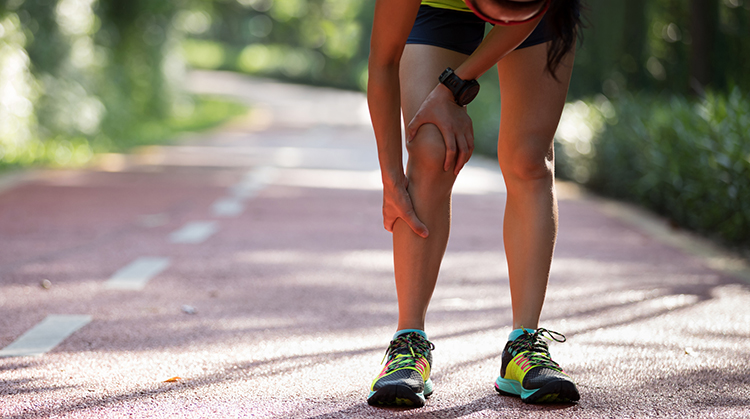Dr Lorenzo Masci
Consultant in Sports and Musculoskeletal Medicine
Specialist expertise: One-stop Solution for Musculoskeletal Injuries, Trauma and Overuse Musculoskeletal Injuries, Upper and Lower Limb Tendon Injuries, Ultrasound-guided Injections, Sports Medicine, Sports and Exercise Medicine, Sports Injuries, Orthopaedics, Shockwave Therapy, Musculoskeletal Injuries, Paediatrics.
